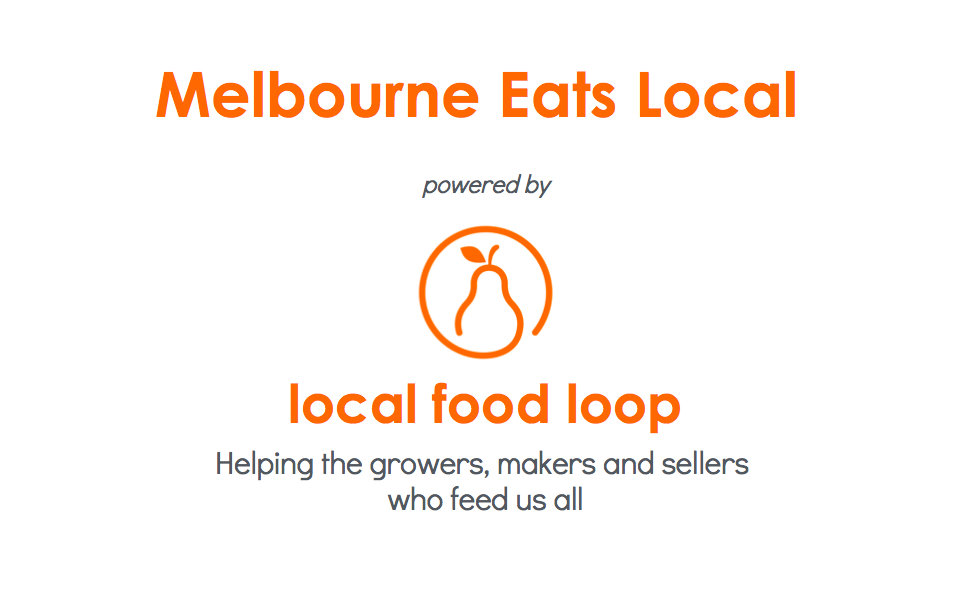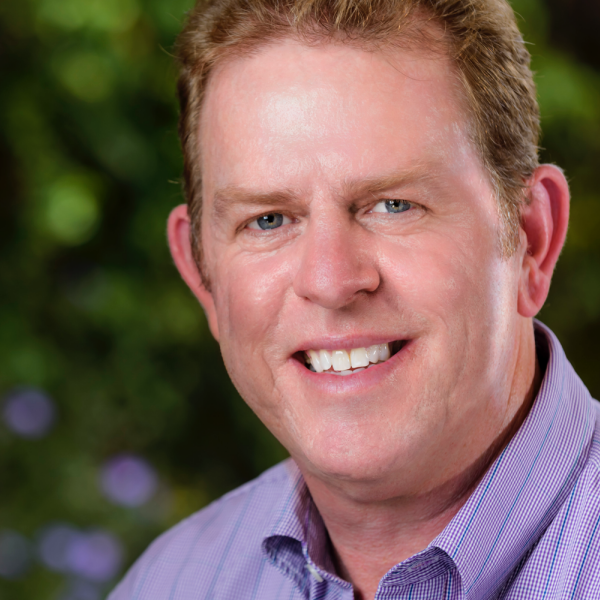Project Description
[fullwidth background_color=”” background_image=”” background_parallax=”none” enable_mobile=”no” parallax_speed=”0.3″ background_repeat=”no-repeat” background_position=”left top” video_url=”” video_aspect_ratio=”16:9″ video_webm=”” video_mp4=”” video_ogv=”” video_preview_image=”” overlay_color=”” overlay_opacity=”0.5″ video_mute=”yes” video_loop=”yes” fade=”no” border_size=”0px” border_color=”” border_style=”solid” padding_top=”0″ padding_bottom=”20″ padding_left=”” padding_right=”” hundred_percent=”no” equal_height_columns=”no” hide_on_mobile=”no” menu_anchor=”” class=”” id=””][one_full last=”yes” spacing=”yes” center_content=”no” hide_on_mobile=”no” background_color=”” background_image=”” background_repeat=”no-repeat” background_position=”left top” hover_type=”none” link=”” border_position=”all” border_size=”0px” border_color=”” border_style=”” padding=”” margin_top=”” margin_bottom=”” animation_type=”” animation_direction=”” animation_speed=”0.1″ animation_offset=”” class=”” id=””]Society’s biggest challenges won’t be solved by government, not-for-profits or communities alone. Successfully addressing these complex social, environmental and economic challenges requires an ecosystem approach that enables key stakeholders, whole communities, academics, entrepreneurs and innovators to come together and cocreate replicable and scalable solutions.
In 2016, Doing Something Good ran a 10 week accelerator program for ventures and community projects aimed at making Melbourne’s food system healthy, sustainable, secure, resilient and socially inclusive. Building on a program of events that started with the EcoCity Food Forum in 2013, the second Local Food Launchpad program in 2016 worked with 15 participants to develop 11 concepts that hold the potential to improve our food system and build a better food future for the people of Melbourne. This is one of them.
Learn more about the 2016 Local Food Launchpad here. Discover other Local Food Launchpad projects here.
How might we create a thriving local food economy in the city that’s good for business, people and the planet?
Local Food Loop
Know where your food comes from
The big issue
In my work and volunteer roles, I see small-scale producers struggling to compete with ‘mainstream’ food, which is so often inferior to the beautiful produce that comes from people who farm in regional Victoria and those who make food ethically and sustainably. The financial and social pressures on these people are reflected in their regional communities, which are also crumbling under the weight of competition from commodified food. Victoria is a small state, with transport systems easily able to move food from surrounding areas into the city. There is no good reason why Melbourne, especially with its reputation as the culinary capital of Australia, should be turning its back on local food and importing those same products from thousands of kilometres away.
If Melburnians don’t start to eat what’s grown and made here, then real people, real communities and real places will continue to lose out. Our food growers and makers won’t achieve the livelihoods they deserve, their paddocks will remain overworked and become undervalued targets for development, and they will continue to walk off the farm while we continue to happily buy frozen chips imported from the Netherlands to snack on while we watch Masterchef.
Until local food becomes part of Melbourne’s authentic personality in the same way as coffee, the Spring Carnival, AFL or Fashion Week, it will always remain a fringe issue and our farmers and artisans will continue to struggle.
The opportunity
Over 75% of all the food eaten in Victoria is eaten in Melbourne. Every day, over 15,000 tonnes of food are brought into Melbourne from all over the world to feed our residents and visitors.
Put simply, if more of that food was sourced locally, then:
- Melbourne would take its reputation as a culinary capital up several notches
- The business resilience of nearby farmers and artisans would improve markedly
- Farming communities would benefit from more reliable incomes
- Melbourne restaurants, cafes and fresh food sellers who do the right thing would stand out from the crowd and become more competitive
- Local governments – City of Melbourne and surrounding regions – would all deliver on their economic development AND food policy expectation
Changing even a small portion of the food that’s eaten from local sources can energise and deepen the city’s character. But to a producer, it can mean the difference between a fair living, walking off the farm, or worse.
If local food becomes a bigger part of the excitement of eating in Melbourne, people will actively demand it. Meeting that demand will reward businesses with more customers. More customers means more profits, which then validates the use of local food. And the growers and makers supplying it are better off.
Getting Melbourne to eat local
I plan to create a campaign that will tap into the latent desire for local food and concern for farmers that exists in the community, and turn it into real demand.
In a world where clever marketing can change behaviour overnight, it’s puzzling and disappointing that no-one has applied that discipline to increasing the amount of local food eaten in Melbourne. Other marketing programs such as Foodland Ontario, Ocean Wise, North Carolina’s “10%” campaign and many others, have demonstrated that it is possible to shift purchasing behaviour when it comes to food choices and realise the benefits of a stronger local food economy.
By implementing a social marketing campaign in Melbourne, we can help local producers to thrive, and provide Melburnians with the best, most authentic food in the world. This will work because it meets unmet demand – over 70% of Australians would choose to buy and eat local food if they could find it, and 40% are passionate about supporting their local farmers*.
This program that I developed in Vancouver, this one in Ontario, and this one in North Carolina that quantified a $70 million local food spend in just 6 years, are just a few examples that show it can be done.
Drawing on Melbourne’s image as Australia’s culinary capital will be of enormous benefit in bringing about this change – we are half-way there already. Building on the wave of interest in food, cooking, the milk crisis, gourmet foraged ingredients, celebrity chefs and many other aspects of food and food production, the timing could not be better.
With over 800 regional producers and artisans already part of Local Food Loop, the campaign will have ready access to high-quality local food, introduce farmers to chefs, guide people to better places to eat – in short, Local Food Loop can power the campaign, which will be positioned and branded as an “all of Melbourne” initiative.
*Weber Shandwick Food Forward Report, 2014
..
 [/imageframe]
[/imageframe]..
 [/imageframe]
[/imageframe]..
 [/imageframe][/two_fifth][/fullwidth][fullwidth background_color=”” background_image=”” background_parallax=”none” enable_mobile=”no” parallax_speed=”0.3″ background_repeat=”no-repeat” background_position=”left top” video_url=”” video_aspect_ratio=”16:9″ video_webm=”” video_mp4=”” video_ogv=”” video_preview_image=”” overlay_color=”” overlay_opacity=”0.5″ video_mute=”yes” video_loop=”yes” fade=”no” border_size=”0px” border_color=”” border_style=”” padding_top=”20″ padding_bottom=”20″ padding_left=”” padding_right=”” hundred_percent=”no” equal_height_columns=”no” hide_on_mobile=”no” menu_anchor=”” class=”” id=””][one_full last=”yes” spacing=”yes” center_content=”no” hide_on_mobile=”no” background_color=”” background_image=”” background_repeat=”no-repeat” background_position=”left top” hover_type=”none” link=”” border_position=”all” border_size=”0px” border_color=”” border_style=”” padding=”” margin_top=”” margin_bottom=”” animation_type=”” animation_direction=”” animation_speed=”0.1″ animation_offset=”” class=”” id=””]
[/imageframe][/two_fifth][/fullwidth][fullwidth background_color=”” background_image=”” background_parallax=”none” enable_mobile=”no” parallax_speed=”0.3″ background_repeat=”no-repeat” background_position=”left top” video_url=”” video_aspect_ratio=”16:9″ video_webm=”” video_mp4=”” video_ogv=”” video_preview_image=”” overlay_color=”” overlay_opacity=”0.5″ video_mute=”yes” video_loop=”yes” fade=”no” border_size=”0px” border_color=”” border_style=”” padding_top=”20″ padding_bottom=”20″ padding_left=”” padding_right=”” hundred_percent=”no” equal_height_columns=”no” hide_on_mobile=”no” menu_anchor=”” class=”” id=””][one_full last=”yes” spacing=”yes” center_content=”no” hide_on_mobile=”no” background_color=”” background_image=”” background_repeat=”no-repeat” background_position=”left top” hover_type=”none” link=”” border_position=”all” border_size=”0px” border_color=”” border_style=”” padding=”” margin_top=”” margin_bottom=”” animation_type=”” animation_direction=”” animation_speed=”0.1″ animation_offset=”” class=”” id=””]Where we started
My original idea was simply to use what I had already developed (the Local Food Loop app) and encourage the City of Melbourne to be part of the app’s existing model of shared/subsidised listings, in order to encourage more city-based eateries to sign up, and for Local Food Loop to generate revenue through that. Other local governments and tourism groups in regional Victoria have helped their small business communities to gain a greater reach and credibility on the Local Food Loop app platform and the communities it supports, so I expected that Melbourne would also be ready to jump in, but I needed to understand the nuances of Melbourne a little more.
Over 70% of Australians would choose to buy and eat local food if they could find it, and 40% are passionate about supporting their local farmers.
What we learned
I’ve changed what I had originally planned to do based on the following insights:
- I assumed that Melbourne’s local food scene was strong and obvious, making local food easy to find in the city. It isn’t. Locally sourced food knowledge is largely owned by a small cohort of local food fans.
- I assumed that the concept of ‘local food’ was well understood across the city. It isn’t. Amongst stallholders, shoppers, and in tourist info centres, there is a low awareness of what it means. “Available to purchase nearby” is a common surrogate, i.e., “any food you can buy in Melbourne = local food”.
- I assumed that high-profile food places in Melbourne (such as but not limited to the QVM) would be bastions of local food. They’re not. With some notable exceptions, places where I expected to easily find food from nearby have few products that are even produced in Victoria. For many, the origins of their food are mostly unknown.
- Despite the previous points sounding like bad news, there are some outstanding chefs, eateries, and provedores in the city and suburbs that have strong connections to their producers, and are attracting exactly the people whose values align with theirs. They represent the new standard and are, or could quickly become, ambassadors for a wholesale shift in how Melbourne eats.
What’s next
The next big step will be to map out the campaign in detail, with assistance from some key Melbourne food influencers, marketing experts and City of Melbourne. As part of that we will identify our hero chefs and eateries, and local food producers who do or could quickly supply to the city, and begin to build the campaign.
What we need
To launch the campaign in Melbourne and power it with Local Food Loop, I need to get the those enthusiastic influencers on board. I need people who are involved in food events to work with me to include a strong, local food focus that complements and builds on the campaign. And I need City of Melbourne to nurture this seed so it can grow to meet its full potential. And if all that is going to cost money, I’ll need some money.
If you can help out with any of these, or anything else that could bring more local food to Melbourne, I’m all ears. I’d love to talk about how we can build a better and more prosperous future for everyone along the food chain.
A little about me
 [/imageframe][/one_fourth][three_fourth last=”yes” spacing=”yes” center_content=”no” hide_on_mobile=”no” background_color=”” background_image=”” background_repeat=”no-repeat” background_position=”left top” hover_type=”none” link=”” border_position=”all” border_size=”0px” border_color=”” border_style=”” padding=”” margin_top=”” margin_bottom=”” animation_type=”” animation_direction=”” animation_speed=”0.1″ animation_offset=”” class=”” id=””]
[/imageframe][/one_fourth][three_fourth last=”yes” spacing=”yes” center_content=”no” hide_on_mobile=”no” background_color=”” background_image=”” background_repeat=”no-repeat” background_position=”left top” hover_type=”none” link=”” border_position=”all” border_size=”0px” border_color=”” border_style=”” padding=”” margin_top=”” margin_bottom=”” animation_type=”” animation_direction=”” animation_speed=”0.1″ animation_offset=”” class=”” id=””]Patrick O’Callaghan has shaped his career in education, communication and conservation by blending sustainability and strategy. Following various roles in marine conservation and sustainable seafood issues, including establishing the Ocean Wise restaurant promotion program in Vancouver, Patrick partnered with Fair Trade USA, Rainforest Alliance and others to create NoshPlanet, a guide to help people locate ethical and sustainable goods at retail outlets in the USA. In addition to growing Local Food Loop in Australia, Patrick owns and operates Deliberate Impact, a small consulting group that specialises in strategic planning for sustainability outcomes.
Like to know more or want to work with us? Please get in touch.
Our website localfoodloop.com
Email Patrick at patrick@localfoodloop.com
Phone Person on 0430 224 343

